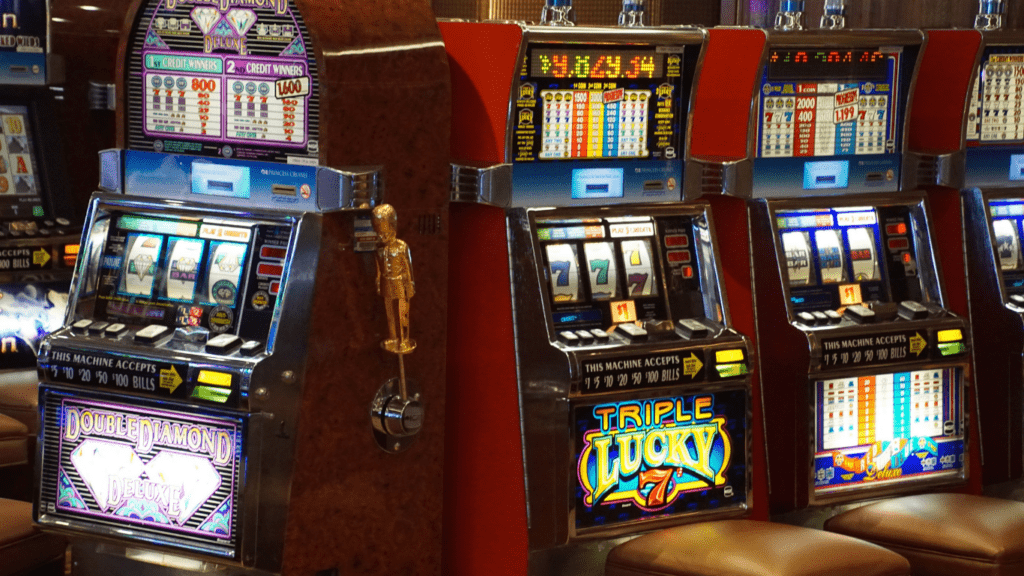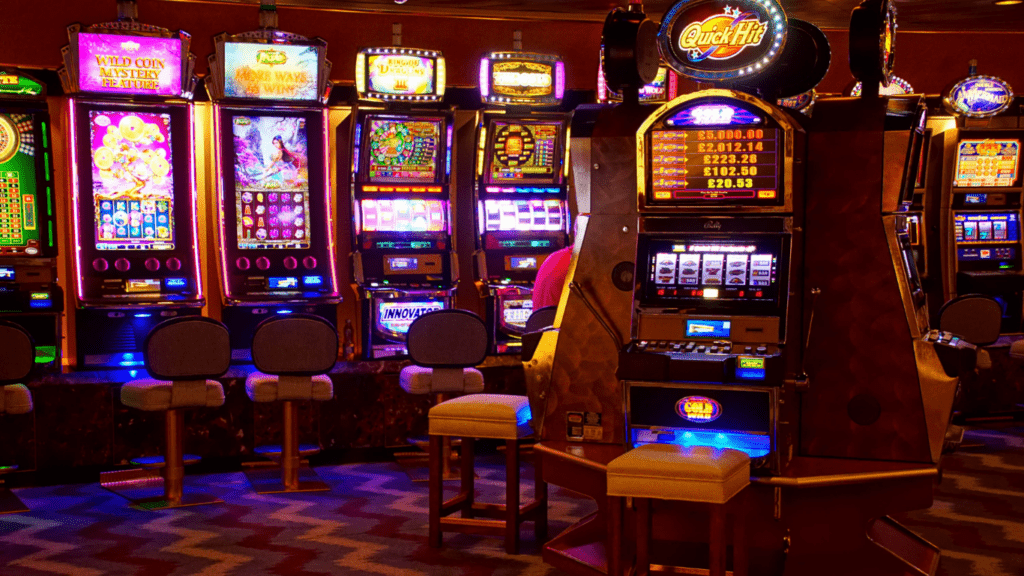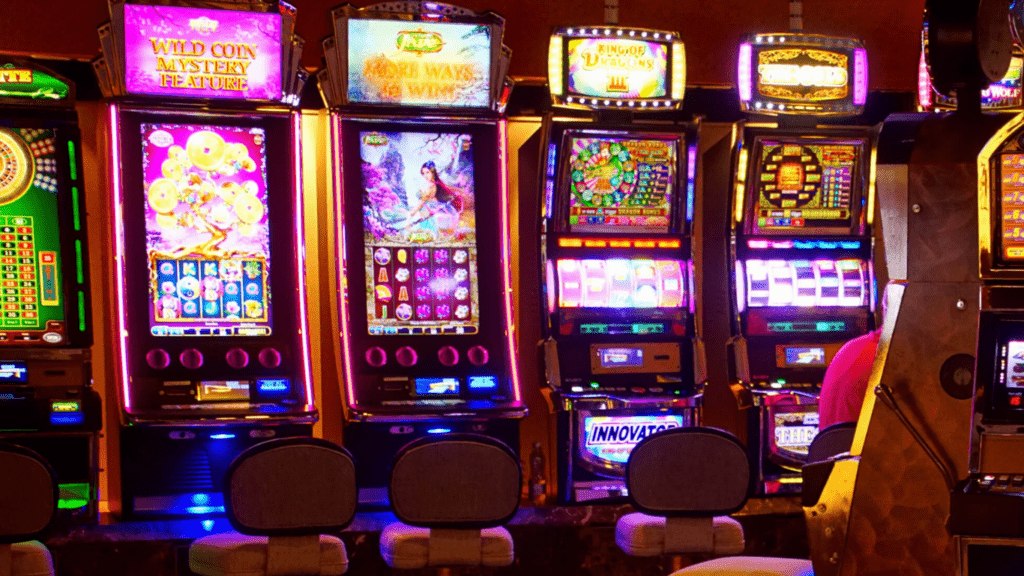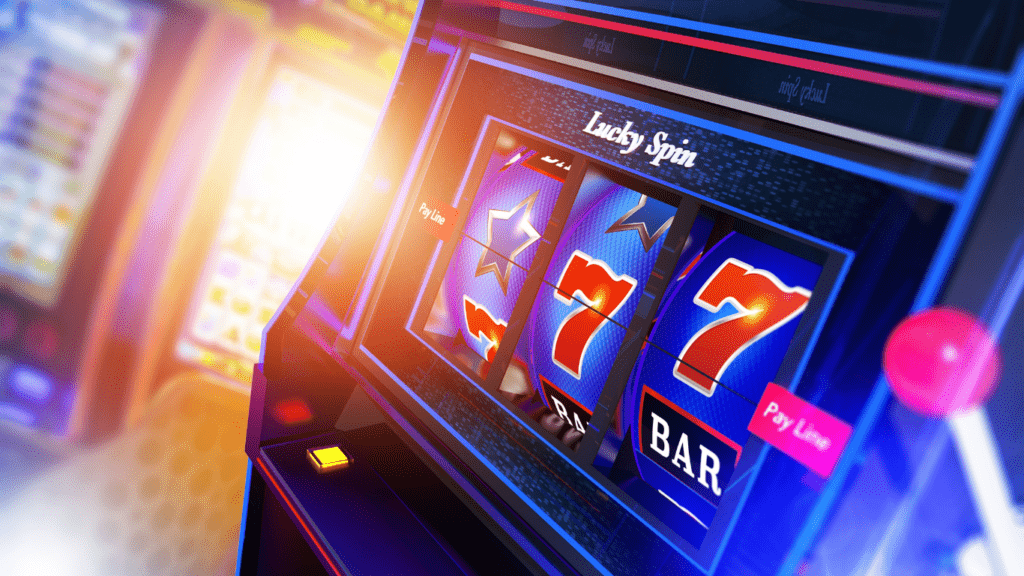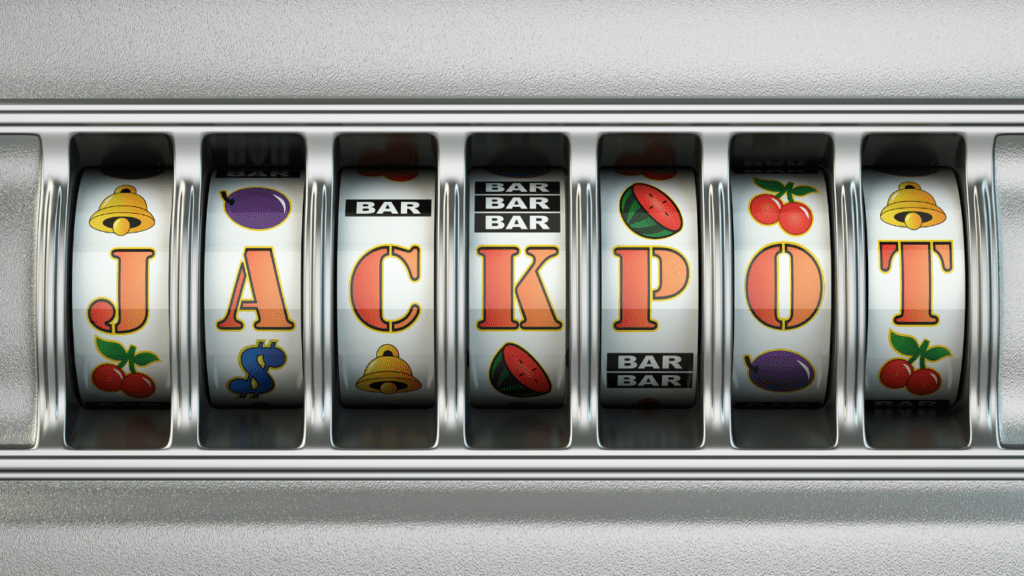When I think about slot games, the flashing lights and captivating visuals are the first things that come to mind. Those eye-catching graphics aren’t just for show—they’re carefully designed to enhance the entire gaming experience. From vibrant colors to immersive animations, every detail plays a role in keeping players engaged and entertained.
The Role Of Visual Design In Slot Games
Visual design serves as a foundation for engaging slot games. It shapes players’ experiences by combining:
- graphics
- animations
- color schemes
to create immersive environments. Themes, like ancient civilizations or futuristic worlds, come to life through intricate designs, drawing players into the game.
Animations enhance gameplay by signaling milestones or rewards. For instance, spinning reels, cascading symbols, and celebratory bursts during big wins amplify excitement. These dynamic effects link visual cues to gameplay mechanics, improving engagement.
Color psychology influences players’ emotions. Bright, vibrant tones often associate with excitement and energy, while softer hues evoke relaxation or mystery. Skillful color selection ensures that visual elements align with the thematic story and match the intended emotional response.
Typography and user interface (UI) elements contribute to clarity and accessibility. Readable fonts, intuitive layouts, and visually appealing menus streamline navigation. Effective UI design ensures players can focus on the game without confusion or frustration.
Consistent branding ties aesthetics to a broader identity. Logos, mascots, and unique visual styles distinguish games, creating a memorable impression. This cohesion boosts recognition, building loyalty among players.
Key Elements Of Slot Game Graphics
Slot game graphics combine artistry and psychology to craft engaging and immersive gameplay. Each design element reinforces the experience, impacting emotions and player retention.
Color Schemes And Their Psychological Effects
Color schemes shape players’ emotional responses and engagement levels. Bright colors like red, yellow, and gold often exude energy and excitement, frequently associated with winnings. Cooler tones, like blue or green, evoke calmness or mystery, enhancing thematic depth. For example, a jungle-themed slot may use lush greens and golden hues to immerse players in the environment. Balanced contrasts improve readability, ensuring key game information stands out effectively.
Animation And Motion Graphics
Animations enhance realism and depict dynamic interactions in slot games. Motion graphics highlight key actions—such as spinning reels or a jackpot win—keeping the gameplay lively. For instance, cascading animations during paylines or celebratory fireworks after a bonus feature amplify triumphs. Smooth transitions and frame consistency ensure animations captivate without overwhelming, supporting the game’s pacing.
Symbol And Theme Design
Symbols align with a slot’s theme and narrative, deepening player immersion. Themes like mythology or pop culture feature bespoke designs, such as Greek gods or iconic characters, to immediately engage fans. High-value symbols often include intricate details or animations, while lower-tier symbols maintain clarity and simplicity. Consistency across visual assets strengthens the thematic continuity, contributing to a unified and enjoyable gaming experience.
The Connection Between Visual Design And Player Experience

Visual design directly shapes how players perceive and interact with slot games. It plays a key role in establishing emotional connections and refining gameplay mechanics to ensure an engaging experience.
Emotional Engagement
- Players feel drawn to visually appealing slots, as compelling designs stimulate emotional responses.
- Vibrant colors and intricate details set the tone for excitement or mystery, depending on the theme. For example, fiery palettes evoke intensity in adventure themes, while cool blues enhance the serenity of underwater settings.
- These emotional cues increase immersion, making the gameplay more memorable.
- Animation also strengthens emotional bonds.
- Celebratory effects like flashing lights or explosive visuals during wins amplify joy and reinforce engagement.
- Even background animations, such as cascading waterfalls or moving characters, help sustain players’ interest by making the game feel dynamic and alive.
Enhancing Gameplay Through Visual Feedback
Visual elements guide players by providing critical feedback during gameplay. Symbols lighting up or reels glowing after forming winning combinations create instant acknowledgment of success. This immediate visual reinforcement keeps players invested and aware of their progress.
Designs also convey game mechanics effectively. For example, progress bars filling up during bonus rounds visually show a player’s advancement, while smooth animations during spins communicate fairness and fluidity. These visual cues ensure clarity, which reduces frustration and encourages longer playing sessions.
The Evolution Of Graphics In Slot Games
Graphics in slot games have transformed significantly over decades, driven by changes in technology and player expectations. This evolution has continuously reshaped how players interact with and experience these games.
From Classic Machines To Digital Slots
Slot games began with mechanical reels and minimalistic symbols like fruits, bells, and bars. Each symbol was painted or stamped directly onto the reels, offering limited visual variety. As I researched, I found that these early designs prioritized simplicity and functionality over aesthetics.
The transition to digital slots in the late 20th century introduced advanced visuals. Monochrome or pixel-art graphics in early video slots gradually gave way to high-resolution imagery. Themes expanded from traditional icons to include fantasy, history, and pop culture, creating diverse experiences for players. These changes marked the first step in delivering visually immersive slots that extend beyond mere functionality.
The Impact Of Technological Advancements
Modern technology has revolutionized slot game visuals, reimagining their cinematic and interactive appeal. High-definition (HD) displays now support 4K graphics, rendering intricate textures and lifelike animations. For example, spinning reels today feature realistic motions enhanced with lighting effects for a dynamic look.
Game developers integrate advanced software like HTML5 and Unreal Engine to create visually rich environments while ensuring compatibility across devices. Touchscreen interfaces in mobile gaming add interactivity, letting players experience tactile connections with the slot’s design.
Virtual reality (VR) and augmented reality (AR) technologies have further pushed boundaries. Slots now place players within fully simulated environments, blending hyper-realistic graphics with 3D effects. For instance, AR slots overlay thematic visuals onto the physical world, merging gameplay with real-world surroundings. These advancements reflect the industry’s commitment to immersive experiences and visual engagement.
